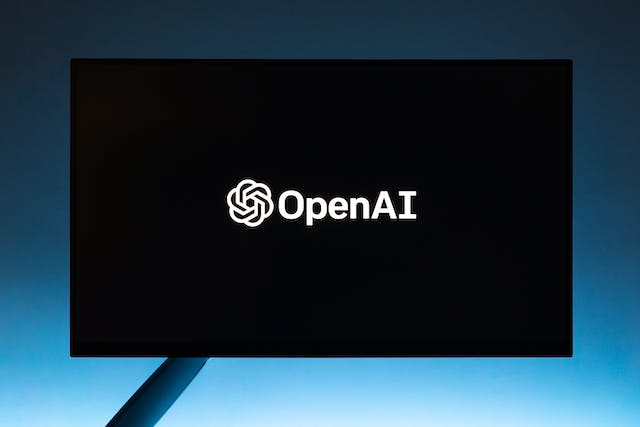GPT-4: Unveiling the AI Model’s Prowess in Malware Analysis

The team of specialists at Check Point recently conducted a study on the capabilities of GPT in the realm of malware analysis, using the extensive language model of GPT-4 by OpenAI as a case study. The findings illuminated both the strengths and challenges of the AI model in this field.
One of the primary advantages of GPT is its linguistic prowess – the ability to select appropriate words and optimally arrange them in text. This enables the utilization of a vast repository of human knowledge amassed during GPT’s training. If the training data encompasses the answer to a posed question, GPT can replicate it with remarkable accuracy.
However, a significant gap exists between knowledge and action. GPT-4 encounters difficulties in comprehending the essence of information necessary for solving many practical tasks in malware analysis.

Specifically, when analyzing binary files for maliciousness, GPT’s capabilities were found to be limited. Researchers identified several key issues:
- Limited working memory. GPT cannot maintain a large volume of data in focus simultaneously.
- A divide between knowledge and action. Even if GPT knows the answer, it cannot always apply this knowledge in the context of the given task.
- Constraints in logical reasoning. GPT struggles with tasks requiring complex logical constructions.
- Lack of expert knowledge in specialized domains.
- Difficulties in maintaining focus on the ultimate goal in multi-stage tasks.
- An inability for spatial reasoning, crucial in certain analytical tasks.
To overcome these limitations, researchers proposed various enhancements to GPT’s settings. It was demonstrated that even minor modifications in the model’s behavior enable GPT to better handle malware analysis and serve as an assistant to human analysts.
In particular, specially designed prompts helped GPT maintain focus on the current task, compensating for its limited working memory, and additional clarifications in queries reduced the gap between knowledge and actions.
The potential of using GPT as an interactive assistant-analyst was also showcased. GPT responded to questions and offered recommendations during the analysis of specific malware samples.
In summary, despite existing difficulties, Check Point’s research confirms the potential of GPT-based technologies in cybersecurity. The proposed methods to overcome limitations pave the way for further progress in this area. The combination of AI capabilities and human expert knowledge may significantly enhance future cyber threat analysis.





